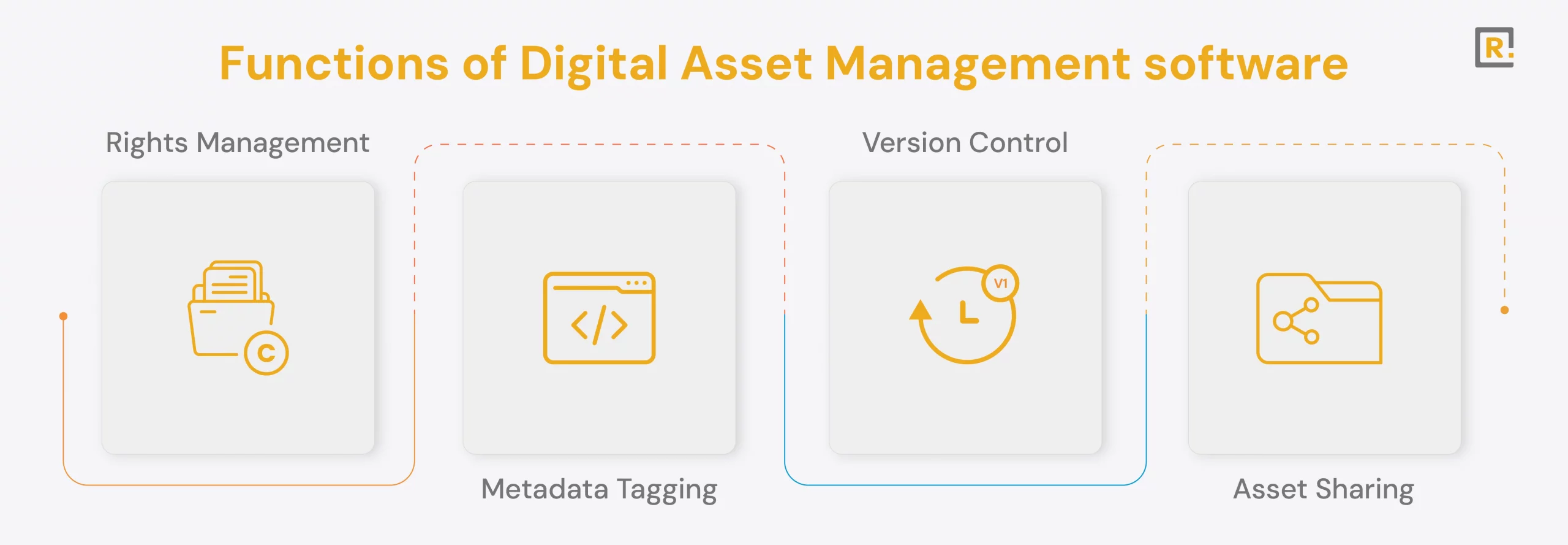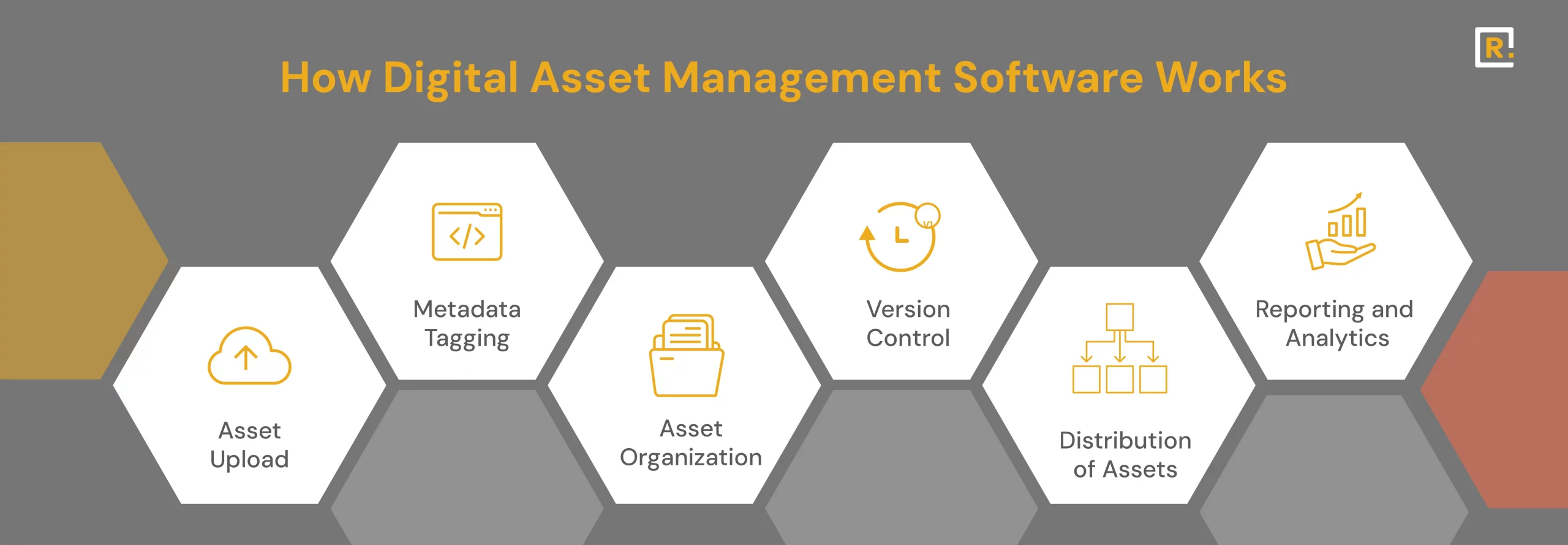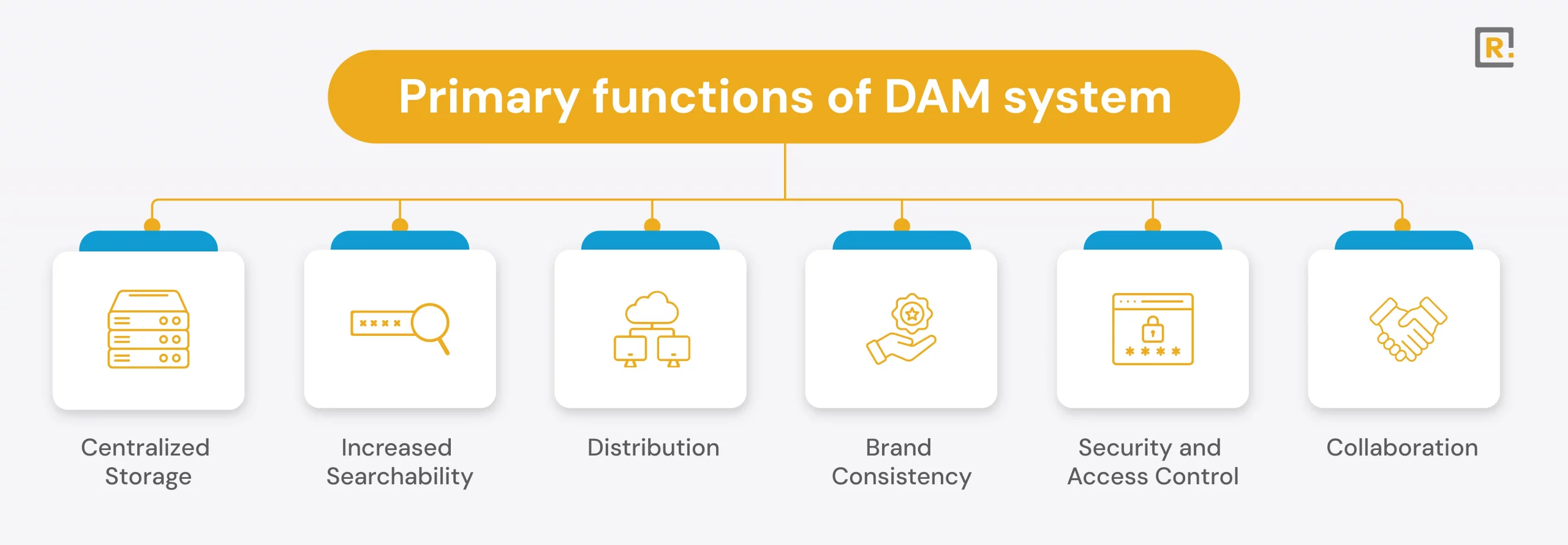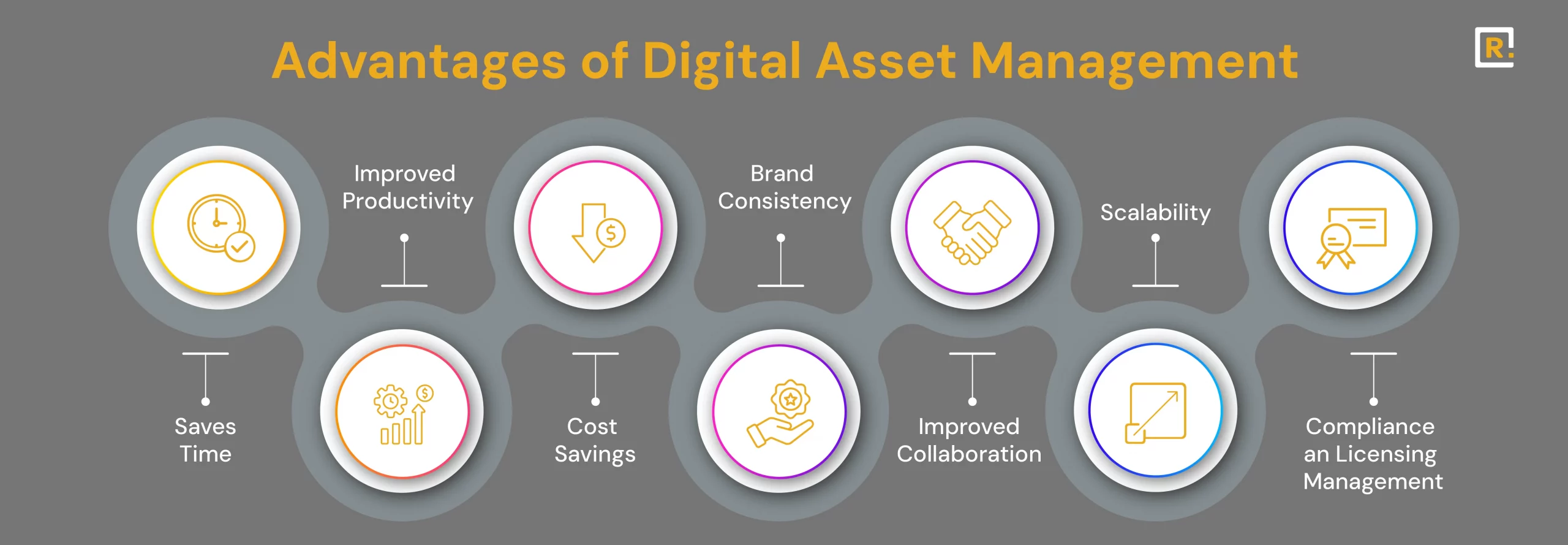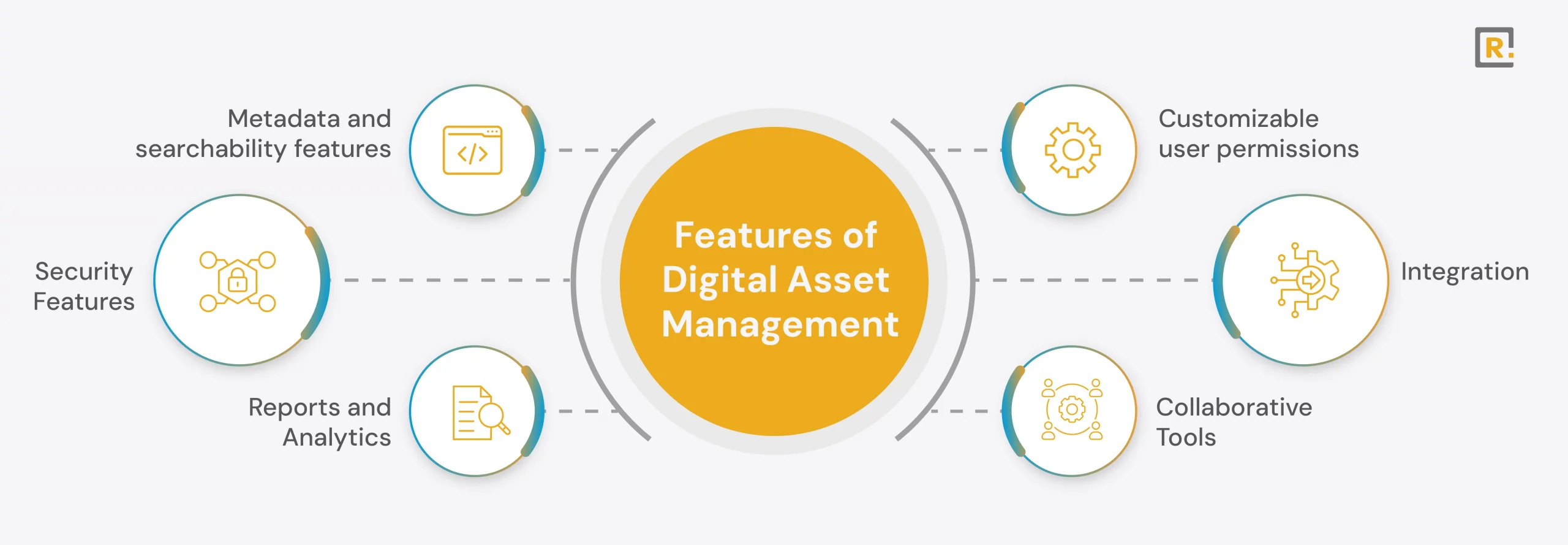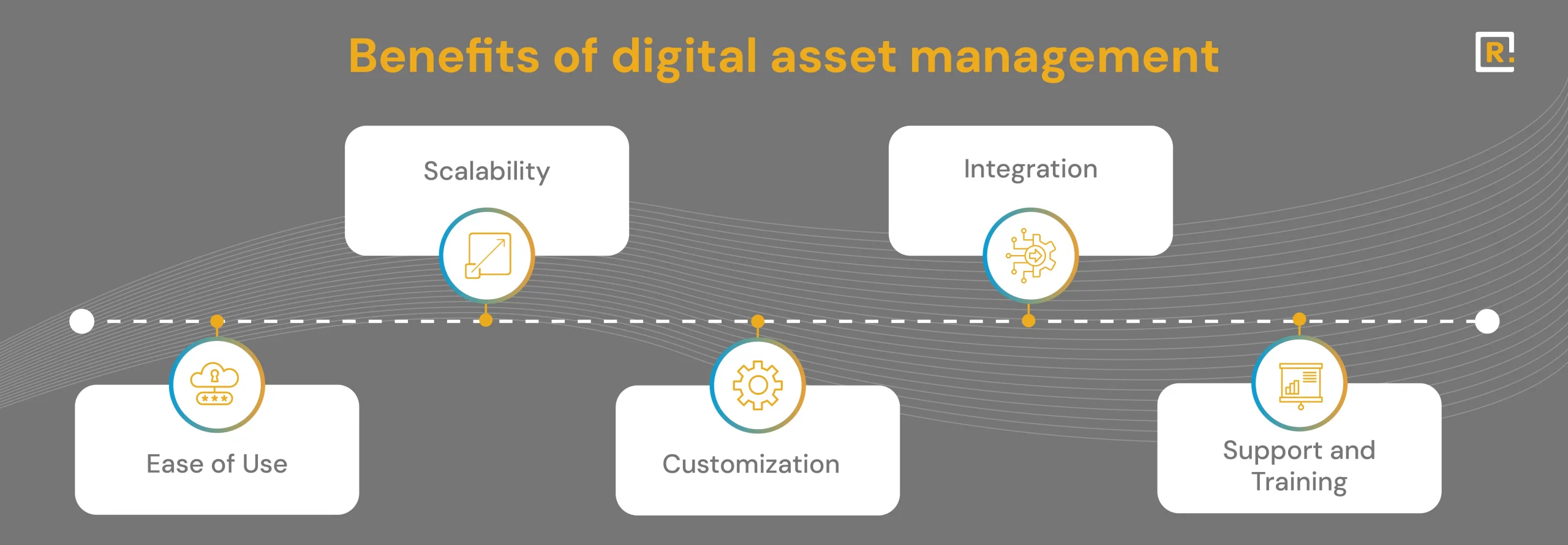-
Solutions
Vendor Management Efficient vendor management platformField Service Management Effective onsite service operationsReal Estate Management Efficient real estate managementAsset Management Efficient asset lifecycle managementDealer Management System Analytics-based Smart Dealer ManagementDigital Retail Solution Integrated e-commerce solutionsSubscription and Billing System Automated billing and subscriptionsSales Force Automation Optimized sales process automationIntelligent Character Recognition Software Automated text conversion and data extraction
- Why Raapyd
- Insights
- About
Digital Asset Management (DAM) is a system that lets organizations store, organize, retrieve, and distribute digital assets like images, videos, documents, and design files. Businesses need DAM to eliminate file chaos, prevent duplication, ensure brand consistency, and streamline workflows—saving time and reducing costs.

